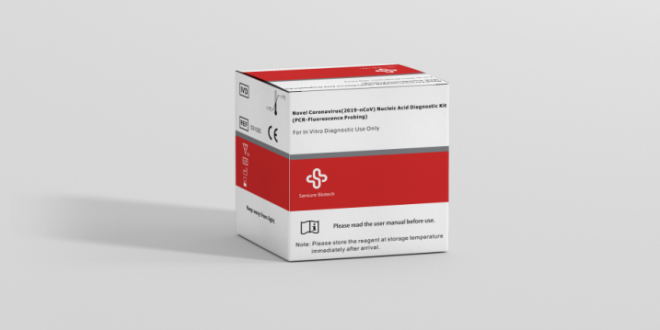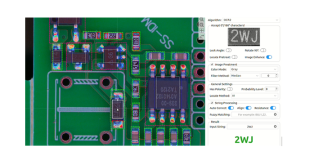Have you ever been in a research or development environment where you must select the proper sample release reagent for your testing? This blog article provides three different practical examples and tips for each.
Introduction
If you are working with sensitive samples, you’ll want to use a release reagent. A release reagent helps to reduce the amount of environmental and biological contamination that may be present in your sample. There are a few different types of release reagents available, so it’s important to find the one that is best suited for your needs.
In this blog post, we will discuss the different types of release agents and how they work. We will also provide a sample release reagent recipe for sensitive samples.
What is Sample Release Reagent?
Sample Release Reagent is a laboratory-grade reagent that is used to liberate sensitive samples from containers. It is non-toxic and has a neutral pH. Sample Release Reagent can also be used to dissolve adhesives, resins, and other materials.
What are the Key Benefits of a Sample Release Reagent?
There are many key benefits to using a sample release reagent, such as ensuring that sensitive samples are released quickly and easily. Sample release reagents are also typically safer and more effective than other methods, such as vacuum or boiling.
Comparing Different Types of Sample Release Agents
When it comes to releasing sensitive samples, there are a variety of methods to choose from. Some sample release agents can be used with hot water, while others need to be heated up with a stove. The type of release agent you use will depend on the sensitivity of the sample and the device you are using to release it.
Here are three types of sample release agents and their advantages and disadvantages:
Hot Water Release: This is the most common type of release agent and can be used with hot water or steam. It is simple to use and is effective at releasing samples. However, it can damage delicate equipment if used incorrectly.
Stovetop Release: This type of release agent needs to be heated up before use. It is more complicated to use than hot water release but is more effective at releasing sensitive samples. It is also less likely to damage delicate equipment.
Microwave Release: This type of release agent uses microwaves to heat up the sample and activate the release agent. It is easier to use than stovetop release but less effective at releasing sensitive samples.
 Jobsearchdone.com Top News Share Website
Jobsearchdone.com Top News Share Website




